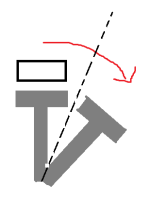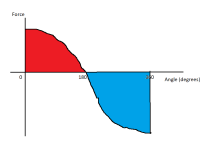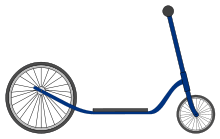https://www.electric-skateboard.builders/t/freewheel-spinning-on-a-mellow-drive/14497
Cogging torque is a "sine save function (repels and attracts equally)" - Mellow boards themselves
Just picture a single magnet spinning past some stator teeth. When it is aligned with a tooth, forces are balanced. As you rotate the magnet away from that tooth towards the next tooth, the initial tooth pulls on the magnet with an initially strong force, but it gets weaker and weaker as the magnet moves away. The next tooth pulls with an initially weak force, but it gets stronger and stronger as the magnet moves closer to it. Halfway between the teeth, forces are again balanced. As you keep moving the magnet, the next tooth pulls harder than the initial tooth, and all the energy you expended to pull it away from the first tooth is given back to you as the next tooth pulls it towards it.

Work is force times distance, force varies sinusoidally-ish with distance. The important thing is that the force alternates between positive and negative symmetrically. Thus the integral of force over distance is 0 for 360 electrical degrees.

If you give a motor a spin and let it coast to a stop, at some point the kinetic energy of the rotor is not enough to overcome the energy required to pull away from one tooth to the halfway point between teeth, and the motor falls back towards the previous tooth. It oscillates around the tooth a little bit, but it is also losing energy to hysteresis losses and eddy currents, so it doesn't oscillate long.
The mellow hub does not freewheel - it still has hysteresis and eddy current losses - it just spins a little more smoothly at low rpm since the peaks and valleys of the above graph are much smaller. Smaller peaks and valleys mean the minimum kinetic energy of the rotor to keep spinning is lower, and the effect of pulling away and toward each tooth is smaller.




